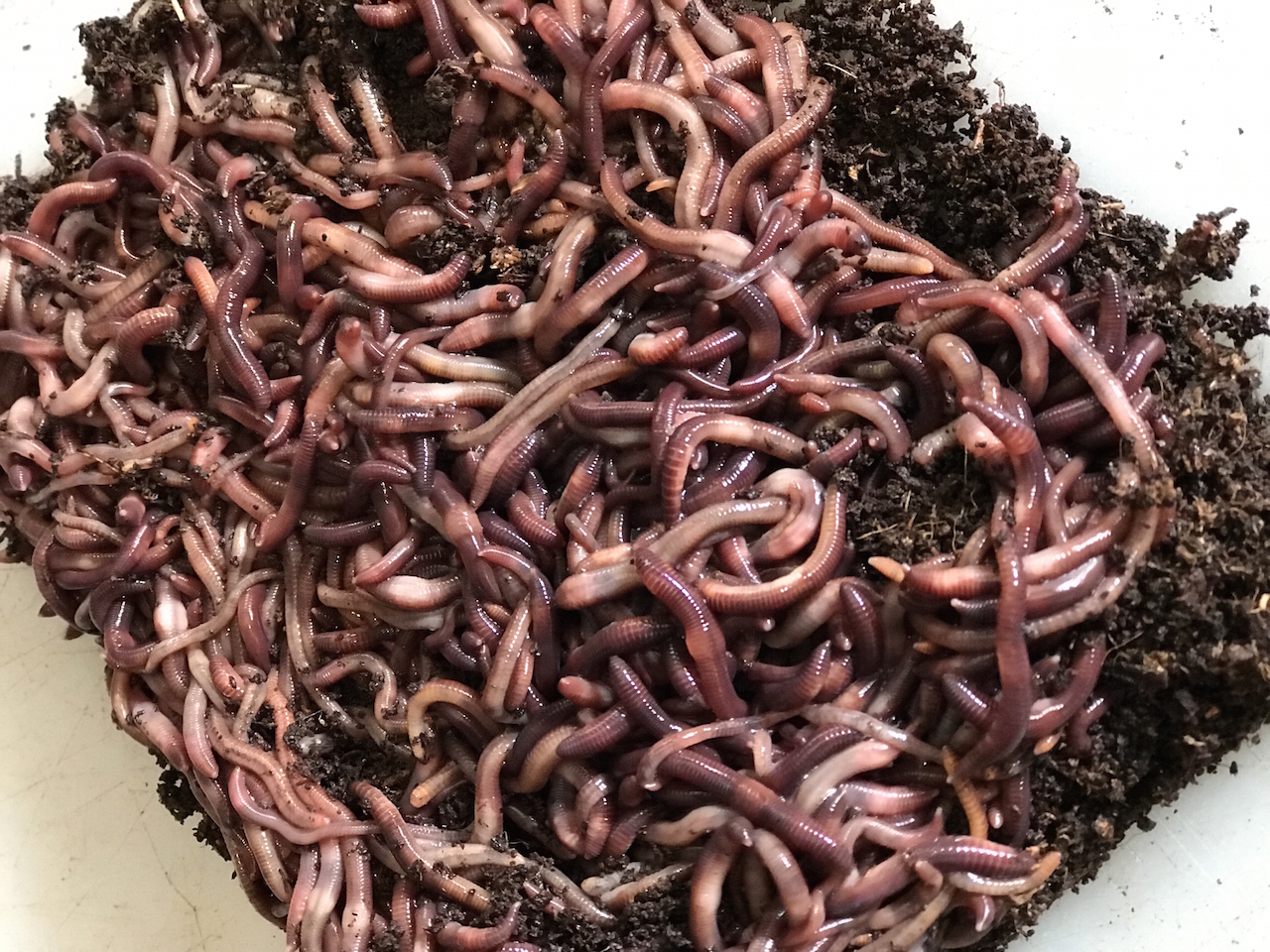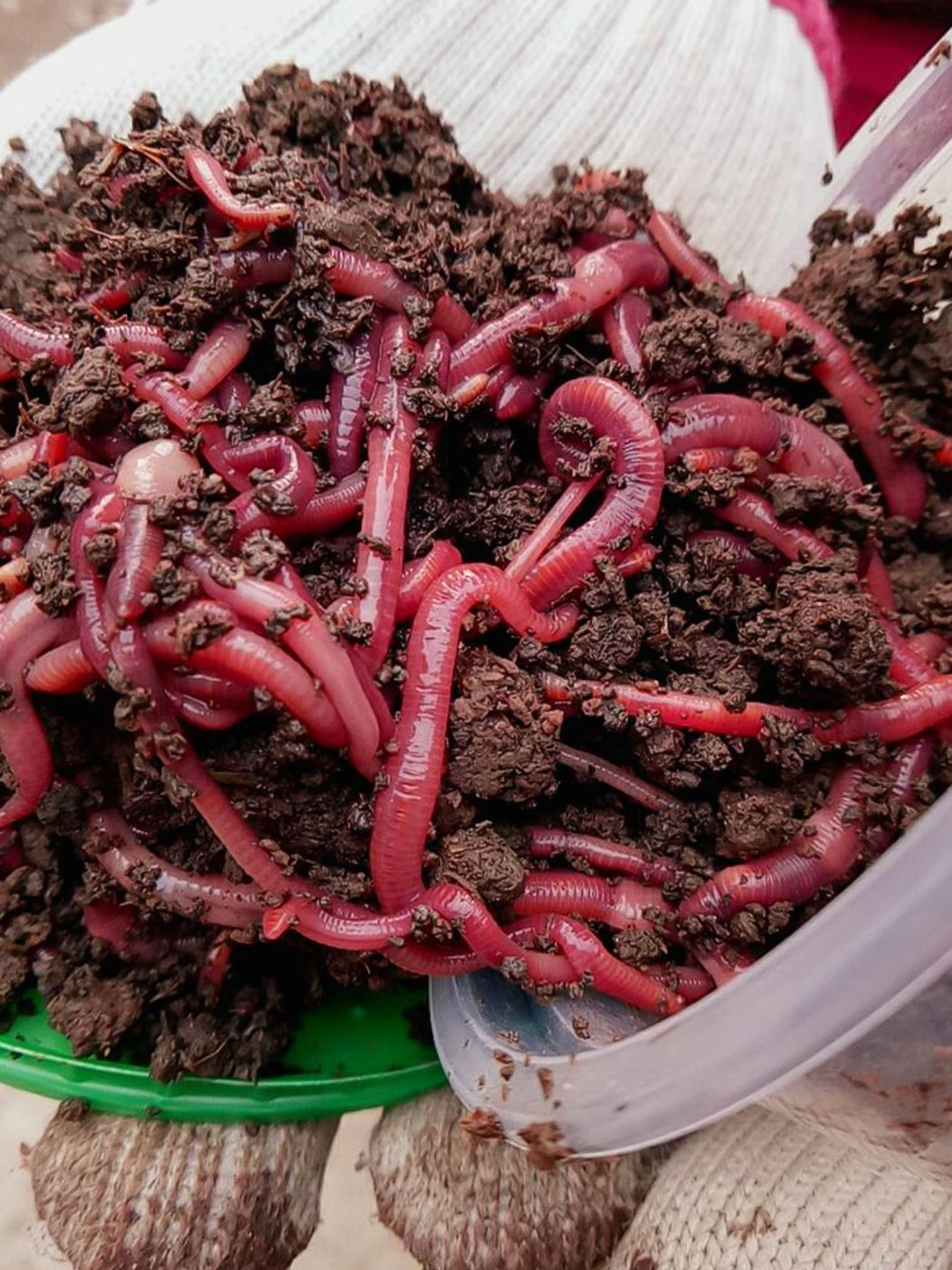Comprehensive Lawn Care Tips from Red Wiggler Express
Wiki Article
Unlock the Secrets of Red Wigglers: Your Guide to Composting Success
The assimilation of red wigglers right into composting methods presents a substantial chance for enhancing soil wellness and advertising sustainability. Understanding their demands and habits is important for optimizing their possibility, from establishing up a proper worm bin to feeding them the appropriate materials.
What Are Red Wigglers?
(Red Wiggler Express)Red wigglers, medically referred to as Eisenia fetida, are a varieties of earthworm mainly utilized in composting due to their remarkable ability to disintegrate raw material effectively. These worms are characterized by their reddish-brown pigmentation and a segmented body, typically determining between 3 to 4 inches in length. Unlike various other earthworm varieties, red wigglers thrive in rich, organic settings, making them perfect for vermicomposting systems.Indigenous to North America, they are usually located in decomposing fallen leaves and compost stacks, where they play a vital role in nutrient recycling. Their adaptation to staying in a moist, aerobic setting allows them to eat large amounts of natural waste, simplifying into nutrient-rich spreadings that boost soil wellness.
Red wigglers duplicate swiftly, with a single worm capable of creating a number of cocoons each week, each consisting of numerous hatchlings. Recognizing the biology and actions of red wigglers is essential for maximizing their capacity in composting applications.
Advantages of Making Use Of Red Wigglers
Harnessing the power of red wigglers in composting offers numerous advantages that boost dirt wellness and advertise lasting waste monitoring. These exceptional microorganisms efficiently break down raw material, transforming kitchen area scraps and backyard waste into nutrient-rich vermicompost. This completed product is extremely helpful for plant growth, as it boosts dirt structure, enhances moisture retention, and boosts vitamins and mineral schedule.
(Red Wiggler Express)Furthermore, the presence of red wigglers in your composting system can increase the composting process, producing high-grade compost in a portion of the time contrasted to standard methods. The spreadings produced by these worms are likewise brimming with beneficial bacteria that further improve the soil environment.
Establishing Your Worm Container
Creating an efficient worm container is a straightforward procedure that can considerably boost your composting efforts. The initial step is choosing an ideal container. Worm bins can be made from plastic storage bins, wood boxes, or commercially offered worm containers. Guarantee the container has adequate drainage and air flow openings to keep ideal dampness levels and air flow.Following, prepare the bed linens material, which functions as the worms' environment. A mix of shredded newspaper, cardboard, and coconut coir works well, supplying a comfy setting for the worms. Go for a bed linen depth of regarding 4-6 inches. Dampen the bed linen lightly, guaranteeing it appears like a damp sponge without excess water pooling near the bottom.

Feeding Your Red Wigglers
To ensure the wellness and efficiency of your red wigglers, it is necessary to provide them with a well balanced diet that fulfills their nutritional requirements. Red wigglers flourish on a varied variety of organic materials, which not only supply necessary nutrients however also advertise effective composting.Start by including kitchen scraps such as veggie peels, fruit cores, and coffee grounds. Stay clear of citrus fruits, onions, and garlic, as these can be detrimental to worm wellness. Additionally, present shredded paper, cardboard, and completely dry leaves to develop a well-aerated setting.
Feeding frequency must be monitored; normally, worms can eat half their body weight in food weekly. It is important to stay clear of overfeeding, as excess food can result in undesirable smells and attract bugs. An excellent method is to include food in percentages, permitting worms to process it before presenting extra.
Maintaining moisture levels is additionally important; the bed linen needs to perspire however not soaked. Be certain to routinely inspect the temperature and pH levels of the bin to make sure an ideal setting for your red wigglers, inevitably boosting their composting performance.
Harvesting and Utilizing Compost
A successful composting process with red wigglers culminates in the abundant, dark garden compost understood as vermicompost, which can considerably enhance soil wellness and plant development. Harvesting this nutrient-dense material usually happens every three to 6 months, depending upon the size of your system and the quantity of natural matter being refined.
To gather, carefully different the garden compost from the worms and any type of undecomposed materials. One reliable technique involves relocating the components of the bin away and adding fresh bed linen and food to the vacant area, motivating the worms to migrate. After a few days, the compost can be collected from the opposite side.
It is essential to make use of vermicompost properly to optimize its benefits. It can be utilized as a top clothing for garden beds, blended into potting dirt, or brewed right into a nutrient-rich liquid fertilizer understood as "worm tea." This application approach helps to supply vital nutrients straight to plant roots, advertising healthier development. By incorporating vermicompost right into your horticulture program, you not just reuse organic waste but also develop a thriving ecosystem that supports sustainable gardening practices.
Final Thought
In summary, red wigglers serve as outstanding allies in composting efforts, changing natural waste right into nutrient-rich vermicompost. By recognizing the ideal problems for their habitat, feeding requirements, and compost harvesting techniques, garden enthusiasts can improve soil health and wellness and promote plant vitality.Report this wiki page